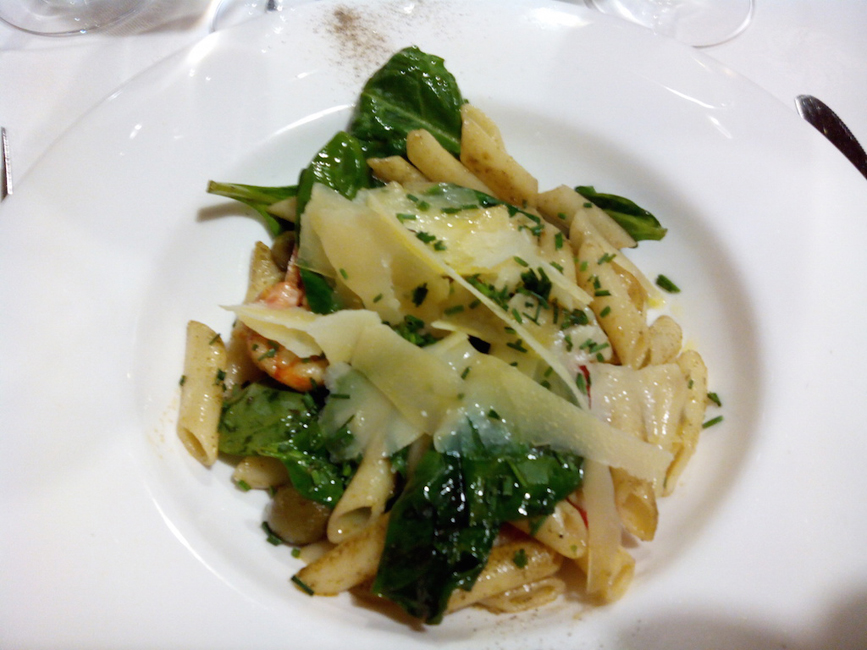
EL MASNOU
In this village we breathe its history everywhere.
It is described as the history of a town of sailboats and havaneres, of flags and sardanas and of sweet dreams for visitors, with a strange smell of smoke, singe and saltpeter where you could hear the music of the Casino with such clarity that it seemed as if the whole town had become a dance hall. The main festival brings back memories of cucañas, charity tombolas, solemn office, soccer matches, peasant and mambos, waltzes and boleros mixed in the dance of the Envelat. Along with the noise of the waves or the wind and the whistle of the trains, they were and some are still, the music of the town.
Climbing the pinturesque little alleys and the first fishermen & lordly street houses, we ran into the Minning Water Museum built by Masnou people to preserve its patrimony, who also created the First Ship Scale Modeling School or one of the only-two world-cellar at sea level. Among their jewels: Ca l’Antic, Can Teixidor, Ca l’Amat, Can Targa, St. Pere parish Church, Casino, Ca l’indià, Ca n’Humet, Nautical Museum and Pharmacy Museum.
Masnou specialites late from XIX century with Tann’s Gin, the ‘Melody’ Liquor Catalan Crème, ‘Anís el Gato’ or ‘Marqués d’Alella’ Parxet rosé wine.
We will visit : The Old town with the most relevant small cosy streets from all periods and tiny corners hidden jewels, the Indians and other period beauties left in the village, to name only a few: Water Mine, Old Lavatories, Arabesc Culture House, Saint Pere Church, The Casino, Nautical Museum, Fresh Market, delicatessen Patissery Masnovins, Minning Water Museum or The fishermen & sportive Harbour.
ASK FOR INFORMATION






















